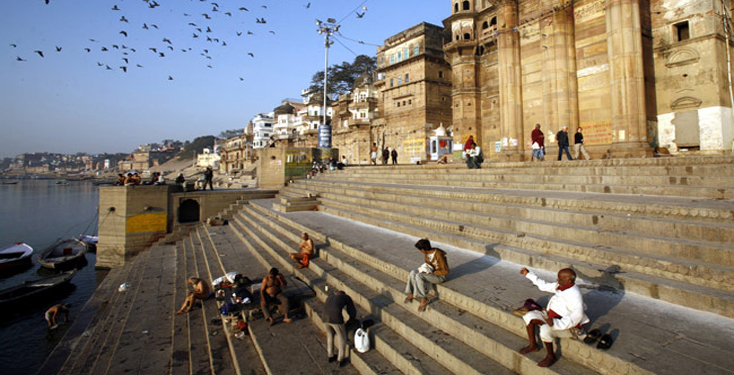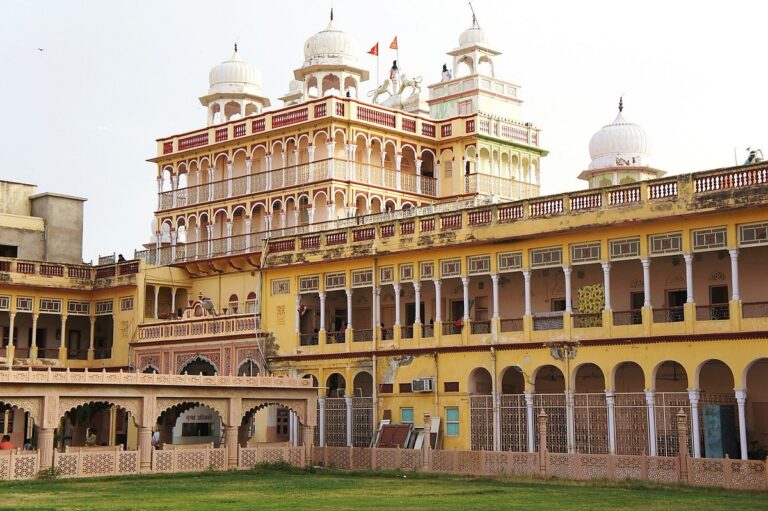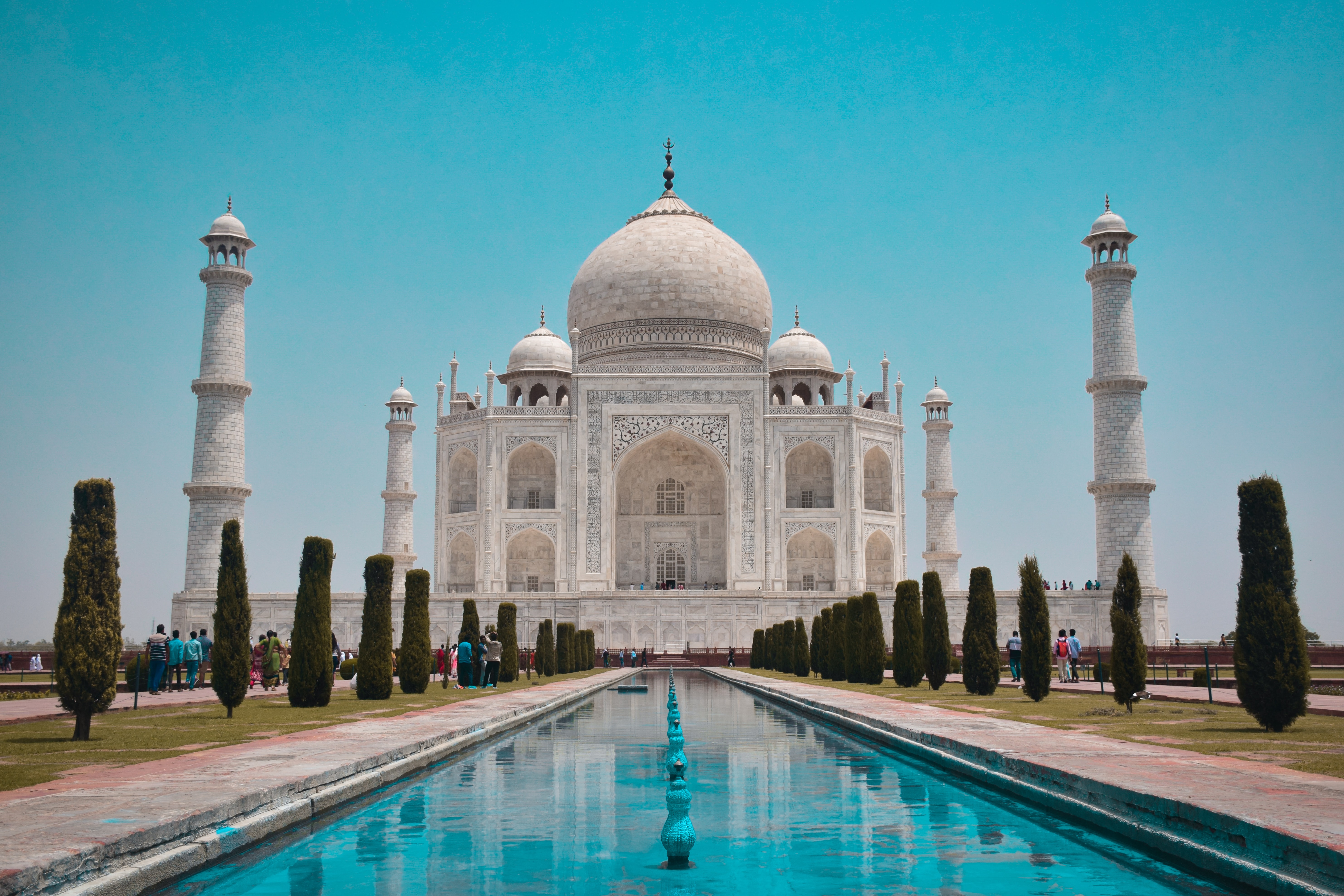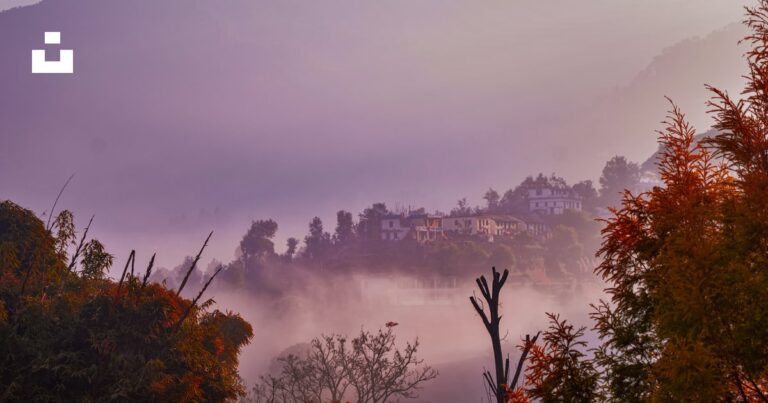The southernmost ghat in Varanasi is called Assi Ghat. It is the largest and most well-known ghat in Varanasi. The majority of tourists are aware of Varanasi as a city where long-term international students, researchers, and tourists reside. One of the ghats that is frequently frequented for relaxation and during festivities is Assi Ghat. In the mornings of regular days, roughly 300 people visit per hour, and on festival days, 2500 people arrive per hour. Students from the adjacent Banaras Hindu University make up the majority of visitors on regular days to the ghat. During holidays like Shivratri, the ghat can hold roughly 22,500 people all at once. At the famous Dev Deepawali festival, the ghat is visited by more than 600,000 tourists. Tourists can participate in a variety of activities in the ghat. You can stay at Tree of Life Resort & Spa, Resort in Varanasi and take boat rides, ascend in a hot air balloon for a bird’s-eye view of Assi Ghat, take in the nightly talent show, or eat at one of the numerous nearby cafés and restaurants. Older adults converse in groups at Assi Ghat in the evening. According to Hindu tradition, Tulsidas departed for his heavenly residence at Assi Ghat.
History of Assi Ghat
According to legend, after slaying the monster Shumbha-Nishumbha, the Goddess Durga (consort of the Lord Shiva) threw her sword into the river, known as the Assi River. Due to its location near the confluence of the Rivers Ganga and Assi, the location bears the name Assi Ghat.

The Kashi Khand refers to Assi Ghat as Assi “Saimbeda Tirtha,” which indicates that whomever takes a dip here just once in his life will receive Punya of all the Tirthas (religious places of the Hindu). In general, Hindu pilgrims are accustomed to visiting this location during the holy months of Chaitya (March/April) and Magh (January/February), as well as other important occasions like the solar and lunar eclipses, Probodhoni Ekadashi, and Makar Shankranti.
After taking a holy bath in the Ganga at this ghat, pilgrims often offer Jal and worship the enormous Shiva lingam that is located beneath the peepal tree. Another Shiva Lingam, known as Asisangameshwar Lingam, is located nearby in a modest marble temple close to the Assi Ghat. Ancient Hindu writings such as the Matsya Purana, Kurma Purana, Padma Purana, Agni Purana, and Kashi khanda have also detailed Assi Ghat.
Assi Ghat’s significance and rituals
Everyone prefers the Assi Ghat, which is situated in the southern part of Varanasi. It is an area where one may comfortably spend hours without being bothered. Students from other countries, researchers, and vacationers are used to living in this magnificent and natural setting.
During any Hindu holiday, Assi Ghat attracts a large number of worshippers who come to take a holy dip in the Ganges to atone for all of their previous sins. Taking a bath in the Ganges before doing any Pooja is also thought to prepare one for doing so. It purifies and calms the body, mind, and soul while filling them with spiritual thoughts. It allows us very easy concentration throughout Pooja without any interruptions.
One of Varanasi’s most well-known and frequently visited ghats for tours and tourism is Assi Ghat. If people are visiting India for tourism, they must come from every region of the nation as well as from beyond. Many major celebrations, including Mahashivaratri, Ganga Dashahara, Ganga Mahotsav, etc. draw large crowds to this ghat in Varanasi. The majority of visitors to Assi Ghat have ties to the Jewish community. A larger police presence is delegated to the Assi Ghat for the benefit of the populace’s protection.
featured image credits: yometro.com
What is Assi Ghat famous for?
Assi Ghat is the most southern of Varanasi’s ghats. Varanasi is well-known as a place where foreign students, researchers, and tourists reside on a long-term basis. With Subah-e-Banaras in the morning, assi ghat offers a breathtaking view of the Ganges\
How and why did Assi Ghat gain its name?
According to a Hindu myth, after killing the demons Shumbha-Nishumbha, the goddess Durga threw her sword. The spot where the sword landed resulted in the formation of a river, which was subsequently named Assi.
What time is the Ganga Aarti at the Assi Ghat?
Under the cultural and spiritual event of Subah e Banars, the aarti is performed here between 5 and 5:30 a.m. Timing may have shifted during the winter. You can stay at our Resort in Varanasi and witness the Ganga Aarti.
Who built Assi Ghat?
After the nineteenth century, the Ghat was divided into five sections: Gangamahal (1st), Rewa, Tulsi, and Bhadaini. In 1902, Dulhin Radha Dulari Kunwar, the emperor of the Sursand State of Bihar State, purchased the land from Kashi Naresh Prabhunarayan Singh for the construction of the Ghat and the temple.







